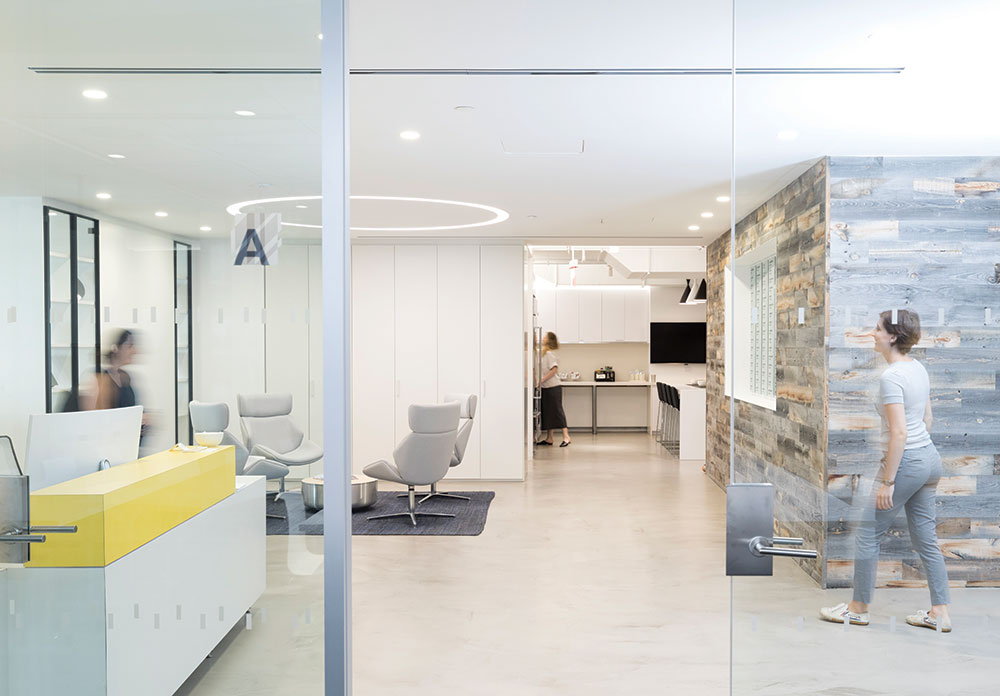The alt office has arrived—not as an answer to Dilbert’s exploits—but out of necessity
By Paul Tarricone
A number of years ago, I worked for a publishing/trade show company that launched a new conference called “alt.office.” The content would be geared toward what we believed would be a growing movement away from the traditional office and toward strategies such as “hoteling,” “hot desking,” videoconferencing and work from home. We even had cartoonist and satirist Scott Adams—he of “Dilbert” fame—skewer the oldschool office during the first keynote address. The conference ran for two years, but in retrospect we were probably a bit ahead of our time. It was too early to sound the death knell for brick and mortar.
A couple of decades later, the times have caught up. The alt office has arrived—not as an answer to Dilbert’s exploits—but out of necessity due to the pandemic. The question, then, naturally follows: what is the future of the office post-pandemic? On the other side of this, we will return to travel, restaurants, ball games, concerts. Whether we return to the office in great numbers, however, is debatable. Two articles on cnn.com capture the various viewpoints. The first describes how Twitter and DropBox will emphasize “virtual first,” and the likelihood “that a lot of companies are going to end up with too much office space,” said Chester Spatt, a finance professor at Carnegie Mellon’s Tepper School of Business. “There’s going to be a big reconfiguration.”
But there’s anecdotal evidence that tells a different story. Another cnn.com story profiled an office worker who wants to limit video interactions to the occasional FaceTime call and misses the whiteboarding sessions and the “tap on the shoulder” that has long been part of the on-site work experience. I’m sure there are many others like him.
This month’s roundtable discussion (p. 41) assumes that there will be a meaningful return to the office. We asked representatives from the design and manufacturing to envision what those spaces might look like and how lighting will facilitate them. The consensus was there is no consensus. Like Dilbert we will just have to persevere.

